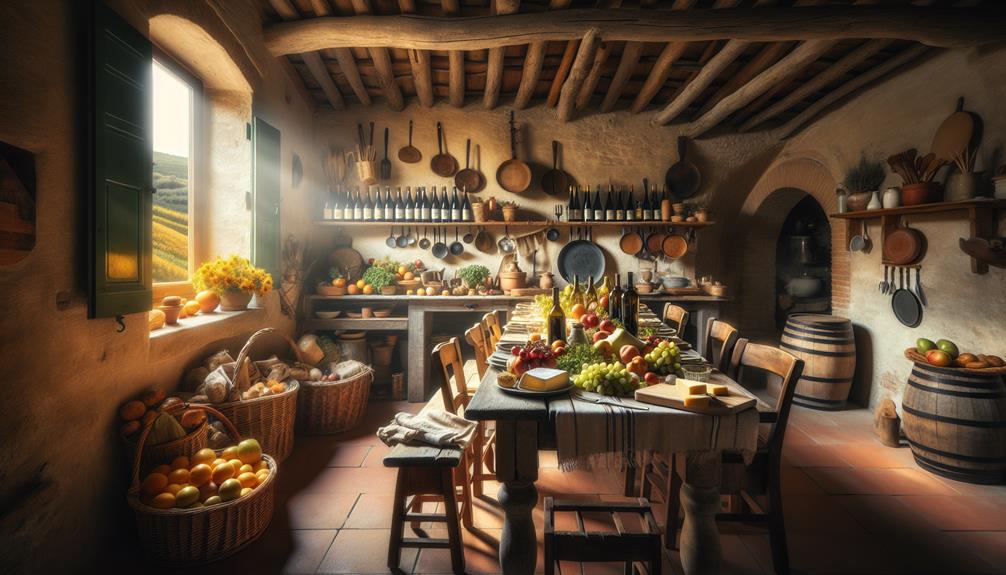In legal proceedings, a “verdict” refers to the formal decision or finding made by a judge or jury on the matters submitted during a trial. According to the Munley Law Glossary, a verdict determines the outcome of a case and resolves key issues in dispute, such as a defendant’s guilt or liability. The verdict is a crucial component in the judicial process, as it brings the trial to a conclusion and leads to the subsequent steps in a case, such as sentencing or awarding damages.
Understanding the Verdict
The term “verdict” is derived from the Latin word “veredictum,” which means “to speak the truth.” It signifies the conclusion reached after the judge or jury examines the evidence presented during the trial. A verdict can be the result of a criminal or civil case:
- Criminal Cases: In criminal trials, the verdict is either “guilty” or “not guilty.” A “guilty” verdict indicates that the defendant committed the crime beyond a reasonable doubt, while a “not guilty” verdict means the prosecution did not provide sufficient evidence to prove the defendant’s guilt.
- Civil Cases: In civil trials, the verdict involves deciding whether the defendant is liable for the damages claimed by the plaintiff. The decision could include an award of monetary damages or other forms of relief if the plaintiff prevails.
How the Verdict is Reached
The process of reaching a verdict depends on whether the case is being tried before a judge or a jury:
- Jury Trials: In cases where a jury is present, the jury members deliberate in private after hearing the arguments, evidence, and legal instructions from the judge. They discuss the case, weigh the evidence, and aim to reach a unanimous decision in criminal cases or a majority decision in some civil cases. The jury’s decision is then read aloud in court as the official verdict.
- Bench Trials: In a bench trial, the judge alone hears the evidence and makes the final decision without a jury. The judge considers all the presented facts, applies the relevant laws, and delivers a verdict accordingly.
Types of Verdicts in Criminal Cases
The outcomes in criminal trials typically fall into one of the following categories:
- Guilty: The jury or judge finds that the evidence presented proves the defendant committed the crime as charged, beyond a reasonable doubt. Following a guilty verdict, the judge proceeds with sentencing.
- Not Guilty: The defendant is acquitted, meaning the evidence did not meet the standard required to establish guilt beyond a reasonable doubt. In this case, the defendant is free from criminal penalties related to the charges.
- Hung Jury: If the jury cannot reach a unanimous decision in a criminal case, the result is a hung jury. This may lead to a mistrial, and the prosecution may decide whether to retry the case.
- Not Proven (Scotland): Although not common in other jurisdictions, Scotland’s legal system has a “not proven” verdict, which serves as a form of acquittal. It means that while the jury is not convinced of the defendant’s innocence, the evidence is insufficient for a guilty verdict.
Types of Verdicts in Civil Cases
Verdicts in civil cases focus on liability and the awarding of damages. The possible outcomes include:
- Liable: The defendant is found to be responsible for causing harm or damages to the plaintiff. The verdict may specify the amount of compensation the defendant must pay to the plaintiff.
- Not Liable: The defendant is found not responsible for the damages claimed by the plaintiff, and no compensation is awarded.
The Role of Jury Instructions
Before deliberating, jurors receive instructions from the judge. These instructions help guide the jury on how to apply the law to the facts of the case. Jury instructions outline the standards of proof required and the elements that must be met for a particular verdict. Proper understanding of these instructions is vital for the jury to reach a fair and legally sound decision.
Post-Verdict Procedures
After the verdict is announced, additional steps may follow based on the case type and outcome:
- Criminal Cases: If the verdict is “guilty,” the next step is sentencing, where the judge decides on the appropriate punishment. If the defendant is found “not guilty,” they are released, and the case is closed.
- Civil Cases: After a verdict in favor of the plaintiff, the court may enter a judgment to enforce the award of damages. The losing party may also have the opportunity to file a motion for a new trial or an appeal.
The Importance of the Verdict in the Legal System
The verdict serves as a crucial element in upholding justice. It provides closure to the parties involved and reinforces the rule of law by ensuring that legal disputes are resolved through an objective evaluation of facts and adherence to legal principles. It is the culmination of the trial process, where the collective efforts of presenting evidence, making arguments, and applying the law lead to a definitive resolution.
In the legal space, a verdict is the final determination made by a judge or jury that concludes a trial. As described by the Munley Law Glossary, it is the outcome that resolves whether a defendant is guilty in criminal cases or liable in civil disputes. The verdict is a fundamental component of the justice system, ensuring that legal proceedings lead to a fair and just conclusion.
